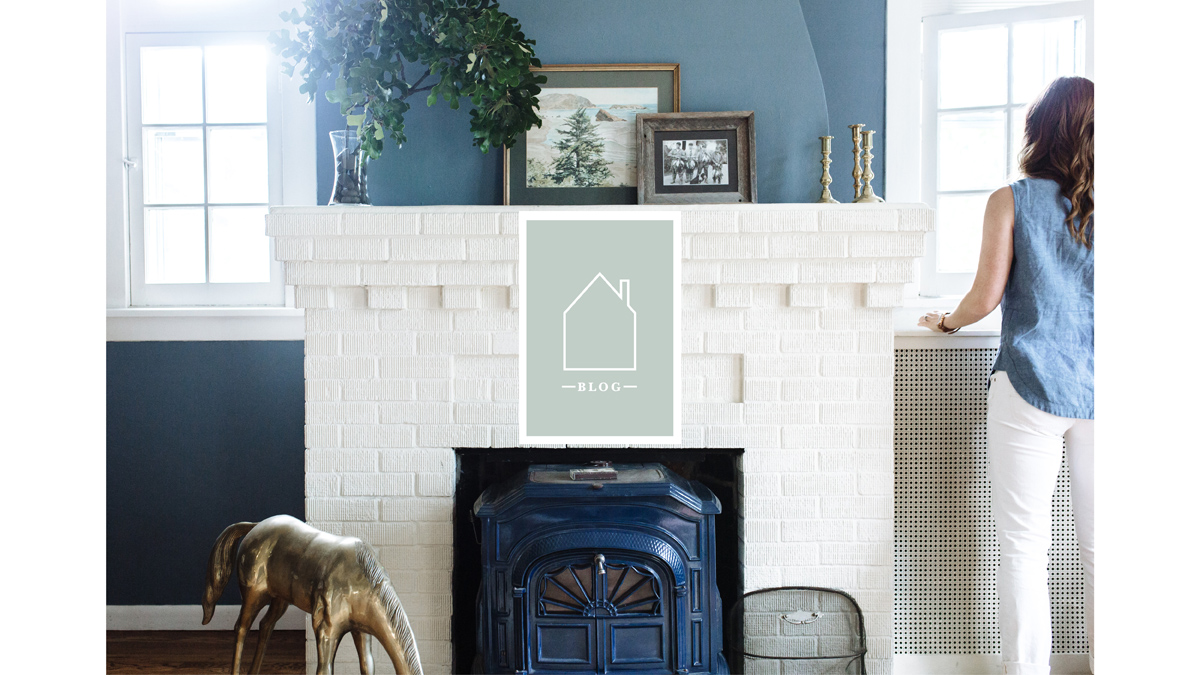As I mentioned in the introduction of this Resource Review series, I want to make Eck's key messages more accessible to all homeowners - not just those building new homes on empty lots. To do this, I have decided to break the reviews into three segments. The first is for the homeowner considering new construction and provides a direct summary of Eck's work. The second is for homeowners looking at existing homes to purchase. Finally, the third is for homeowners looking to modify or update their current home.
The first fundamental principle in The Distinctive Home is centered on the site. The subtitle of this chapter - "Marrying a house to the land" - conveys the overarching message that in order for a home to be distinctive it must be in union with its site. Eck explains that siting is the biggest challenge in designing a home and that the goal is "to tailor a home to its site in an intimate and thoughtful way so that it appears to - and actually does - belong" (Eck, 31). This belonging can often go unnoticed as that is sort of the point - the house becomes part of the land rather than an object set upon it.
New Construction:
1. Eck advises that the first thing to do in searching out a site for a new home is to find north then rotate yourself 180 degrees to find south. The southern sky is where most of our sunlight comes from - at least in the northern hemisphere - and will become a key factor in the design of your home. Eck recommends positioning the longest side of a house with 30 degrees of due south so that the majority of rooms in the house with get some direct sunlight throughout the course of the day.
2. Look at the surrounding context whether the site be rural, suburban or urban and begin to understand what makes the place unique.
3. Remember that a distinctive home is often a "natural result of the thoughtful consideration of climate" (Eck, 45). This is to say the home should respond to the specific climatic factors of the site and region taking into account such things as prevailing winds, precipitation, shade etc.
4. Try to imagine and consider what the site will look like in the future. For example, if it is the summer what will the site look like when the trees lose their leaves? Or if there is a vacant lot next door where would be the logical place for someone to build a house?
5. Understand the parameters of the site - zoning, drainage, setback etc.
6. Site a home where it makes the most sense considering the above factors.
Purchasing a Home:
1. The first point pretty much applies here minus the ability to change the orientation of the home. When viewing potential new homes notice the light in each room. If lights are turned on, turn them off. Try to imagine what the light will be like throughout the course of the day and try to schedule repeat visits at different times. Notice if any factors such as paint colors, shades or outside landscaping are affecting the light.
2. Same as above.
3. While you have no control over how the house is sited you can educate yourself about how it responds to its climatic surroundings. Does it have overhangs to block out harsh summer sun? How well can the house be cross ventilated? Is the house in full sun? Full shade? What is the slope of the roof like? Etc.
4. Same as above.
5. Same as above. In addition, it is important to understand what can you change about a given house and how these changes fit into your budget and timeline. On the flip side, you also need to know what can't you change and if you are willing to compromise on these points. The professor who recommended The Distinctive Home to me once said "you can't change location, neighbors or natural light - everything else is pretty much far game" - that is if you are willing to take on a project...
6. Does not apply.
Modifying a Home:
1. While there is nothing major you can do to change how much natural light your house receives (unless you are planning a big renovation) there are smaller things that can make a large difference. First off, open the shades! Seems fairly obvious but so many people are accustomed to leaving them down. Secondly, use light colored paint that will reflect and bounce the light you do have around the room (dark colors will just absorb light). Turn to artificial light but try to stay away from too much bright overhead light and instead use lamps and overhead lights on a dimmer. Clean your windows ;)
2. Just because you have lived in your home for a while doesn't mean there aren't new things to notice and discover. Keeping yourself invested in your home will help you appreciate it more.
3. Same as above.
4. Does not apply.
5. There is always more to learn especially if you are considering a renovation...
6. Does not apply.
Tune in tomorrow to see an example of a site specific distinctive home!
 asdfsdf
asdfsdf



